|
Lately, I have been thinking a lot about my family heritage and reflecting on what that means with regards to our genetic make-up all the way to what it means to be a part of community. Some of you may have noticed a shift in my recent work. On the surface, these pieces began their journey as paper being fed through a printing press. As they rotated through, they made contact with various arrangements of linocut blocks. Each colour printed is a separate pass through the press. A lot of joy went into mixing transparent inks with just a hint of pigment, so as to allow the layers to influence and change each other – another way to express this jumble of genetics we possess from the start that cause us to prefer or not prefer elements of the world around us. Different branches of the family tree juxtaposed in unique ways. Once the printing was complete and the paper was dry, the pieces were then mounted on cradled panels to give them structure for the subsequent layers of acrylic texture and paint that were then applied. These layers speak to life situations and experience that grow and shape us, taking those original genetics and deeply influencing how one appears and reacts, enhancing some features while obscuring others. So far, I’ve only talked about family in general terms, these pieces could speak to any family situation. Ones filled with joy and support, others with distance and regret – they cover the spectrum of human connectivity. This series is also deeply personal as well, the linoleum blocks themselves tell their own story, in some ways too close and revealing yet equally distant and covered in dense fog. My story is not so different for many Canadians – it’s a bit like living in a cultural mezzanine level. Not quite Anglo-Saxon white, not quite Indigenous either. There is damage to our family tree that has never really been fully examined or repaired. Growing up, we have always been proud of our First Nations ancestry but have been isolated from it so long that there are very few fragments to connect to. Some of this is physical distance, some of this is from the cultural climate. While there is a desire to connect in this way, there is the reality that this could be potentially awkward for all involved. 6/15/2020 07:07:34 am
Beautiful work & inspiring story. Thank you for sharing Michelle. Comments are closed.
|
AuthorMichelle Wiebe Categories
All
Archives
July 2024
|
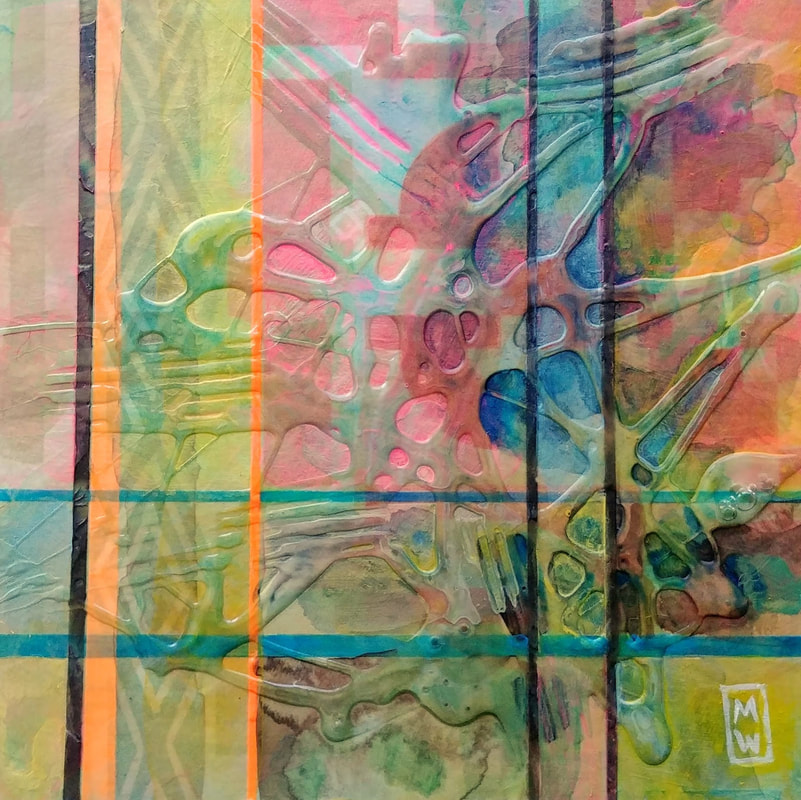
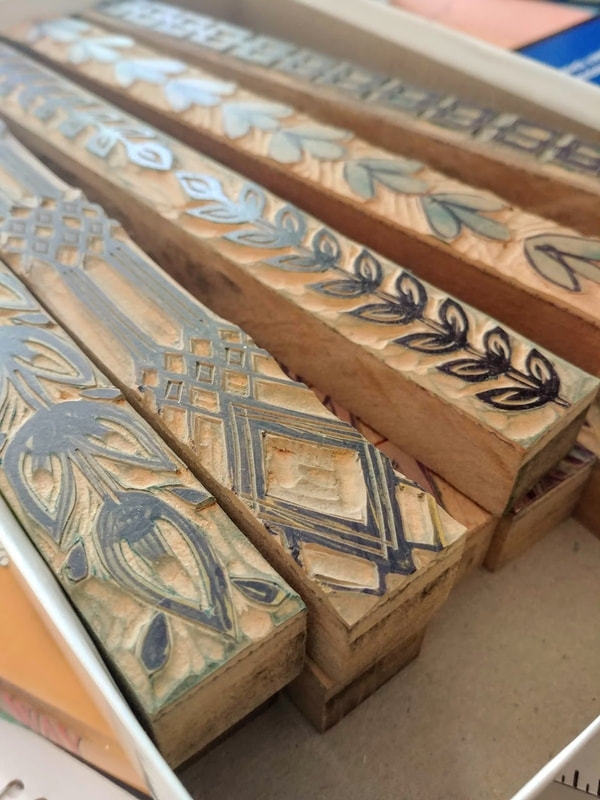
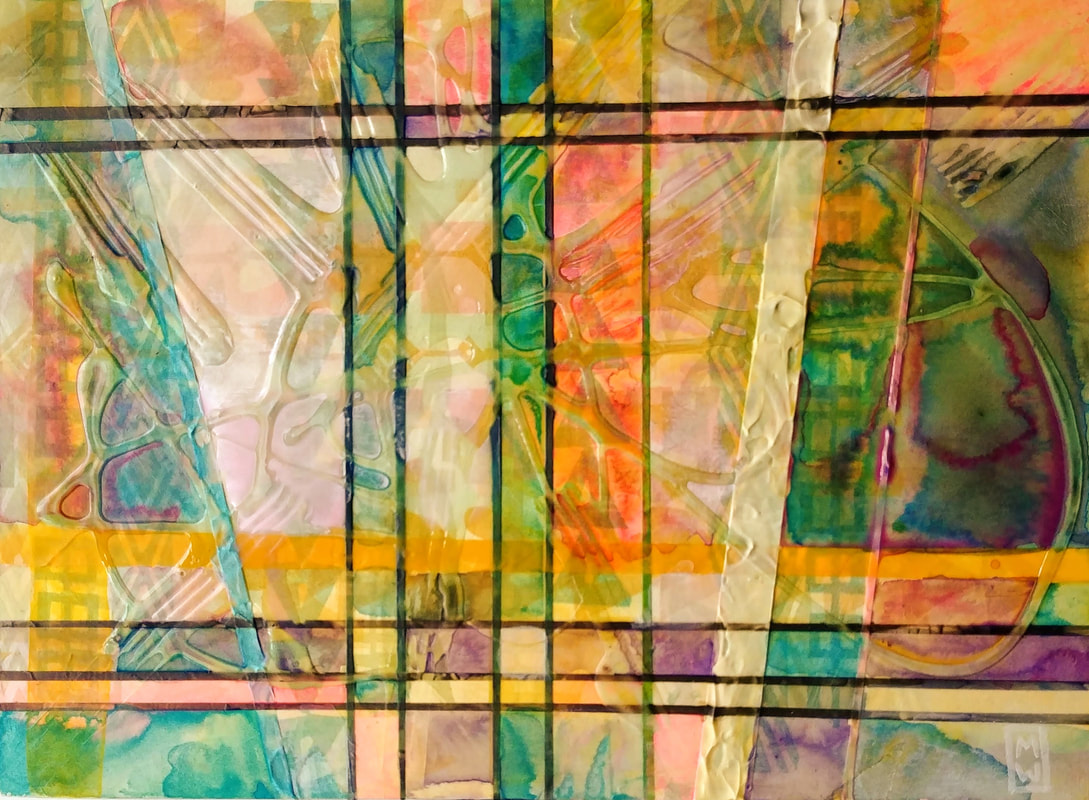
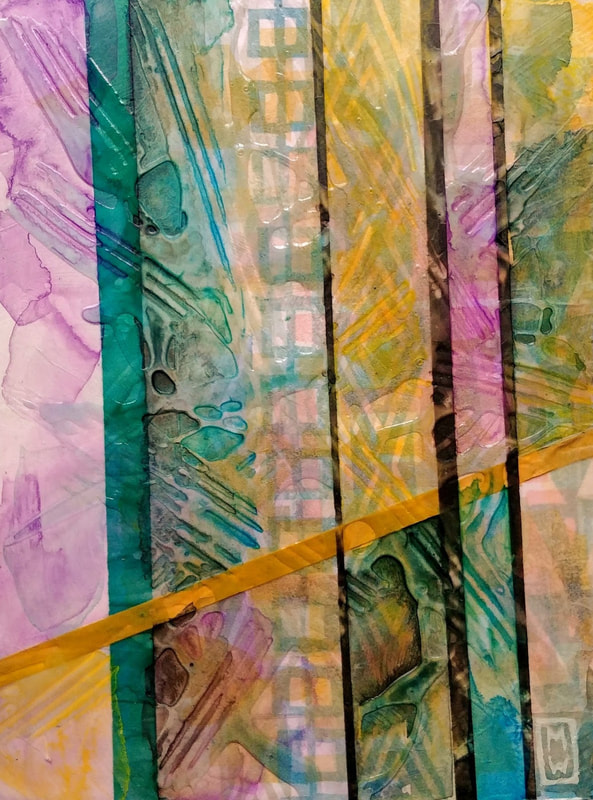
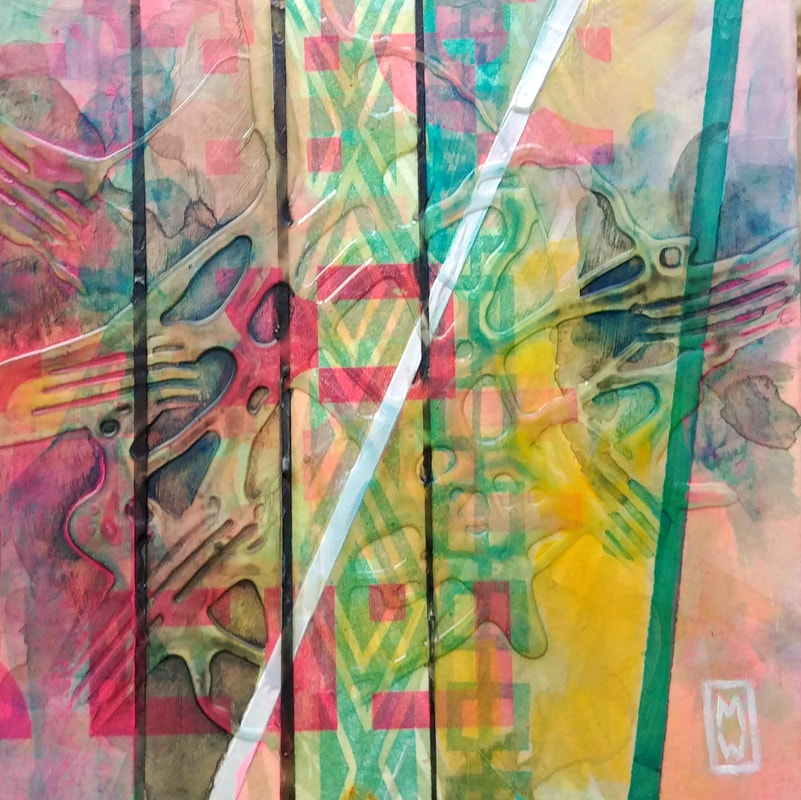
 RSS Feed
RSS Feed